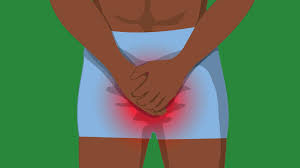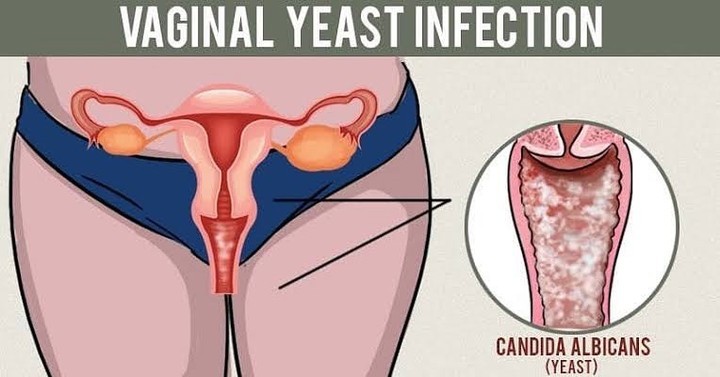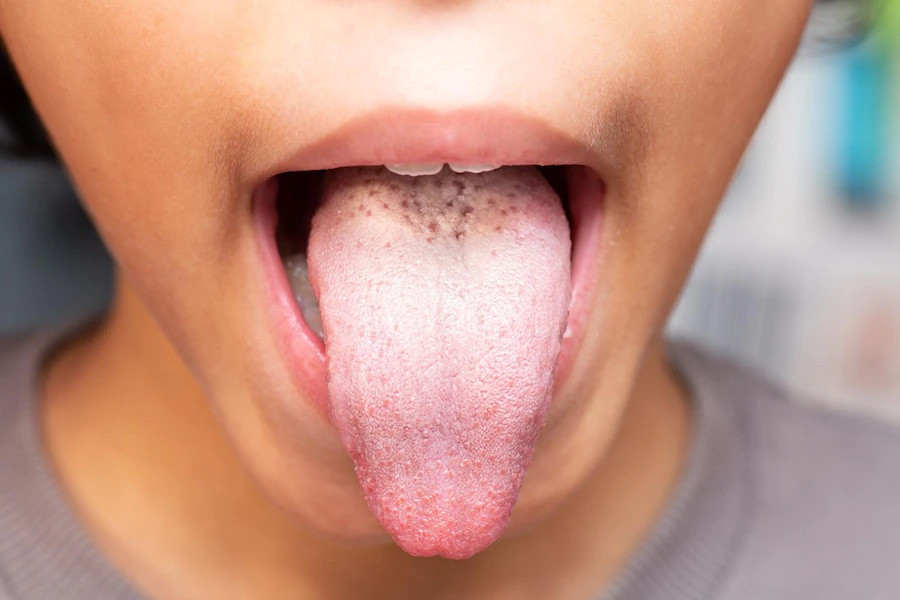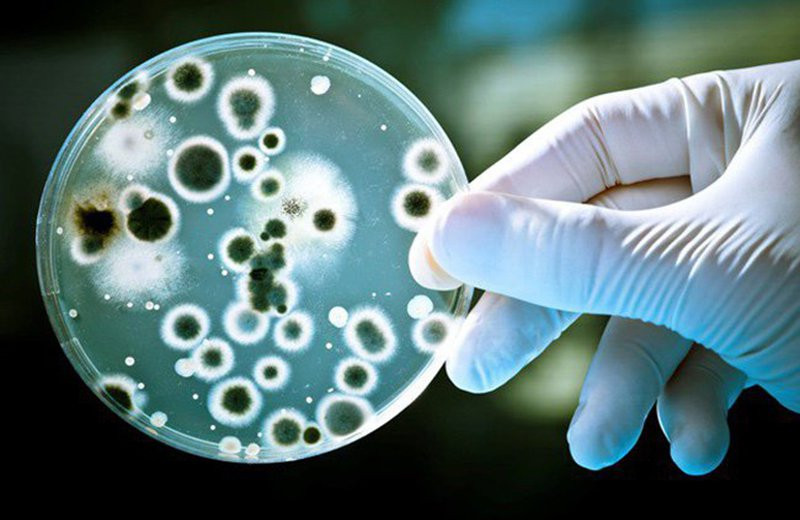Definisi
Balanitis adalah peradangan pada bagian kepala penis yang bisa menimbulkan keluhan pembengkakan, iritasi dan nyeri. Diperkirakan ada sekitar 3-11% pria yang akan menderita balanitis dalam masa hidupnya. Balanitis umumnya disebabkan oleh infeksi jamur, walaupun bisa disebabkan oleh bakteri atau virus tertentu.
Balanitis bukan merupakan infeksi menular seksual. Balanitis tidak menular dari satu individu ke individu lainnya, walaupun kasus berpindahnya organisme penyebab balanitis bisa terjadi. Penyakit ini juga bukan sebuah kasus kegawatdaruratan, namun pasien yang sering mengalami kekambuhan perlu diperiksa lebih lanjut.
Ada tiga jenis balanitis, yaitu:
- Balanitis Zoon
Jenis utama dari balanitis yang umumnya terjadi pada pria paruh baya yang belum disunat, kepala penis umumnya terlihat merah karena peradangan.
- Balanitis Circinata
Jenis balanitis yang timbul karena artritis reaktif (kondisi peradangan sendi yang timbul sebagai respon terhadap infeksi dalam tubuh). Selain peradangan dan kemerahan, terdapat luka atau lesi kulit pada bagian kepala penis.
- Keratotic and Micaceous Balanitis
Bentuk balanitis ini sangat jarang ditemukan, umumnya terdapat kutil bersisik yang ditemukan pada kepala penis. Tipe balanitis ini terjadi pada pria di atas 60 tahun.
Penyebab
Ada berbagai kebiasaan dan kondisi medis yang bisa menyebabkan terjadinya balanitis. Penyebab terseringnya adalah kebersihan diri yang buruk, khususnya pada pria dengan penis yang tidak disunat atau disirkumsisi. Lingkungan yang hangat dan lembap di bawah kulup penis akan menjadi tempat yang ideal untuk pertumbuhan jamur. Candida albicans adalah jamur terbanyak yang menyebabkan balanitis. Jamur ini yang awalnya hidup normal di kulit penis bisa tumbuh berlebihan, dan menimbulkan peradangan pada kepala penis.
Selain penyebab di atas, hal-hal lain yang bisa menimbulkan terjadinya balanitis adalah:
- Kulup penis sangat kencang dan tidak bisa ditarik (fimosis) pada anak-anak kecil, sehingga sulit untuk membersihkan bagian dalam kulup.
- Infeksi parasit (skabies) pada penis.
- Infeksi menular seksual (IMS) seperti gonore, klamidia, atau sifilis.
- Adanya luka pada penis.
- Kondisi kulit yang menyebabkan kulit gatal, kering, dan bersisik.
- Artritis reaktif, kondisi peradangan sendi yang timbul sebagai respon terhadap infeksi dalam tubuh.
Faktor Risiko
Balanitis dapat terjadi pada pria usia berapapun, walaupun anak laki-laki berusia di bawah 4 tahun dan pria yang belum disunat adalah kelompok dengan risiko tertinggi untuk mengalami balanitis. Anak di bawah 5 tahun lebih mungkin mengalami fimosis, kondisi di mana kulup penis sulit ditarik dari kepala penis. Fimosis membuat kulup sulit dibersihkan, menjadi lingkungan yang baik untuk tumbuhnya jamur dan bakteri.
Faktor-faktor lain yang bisa meningkatkan risiko pria mengalami balanitis antara lain:
- Berusia paruh baya.
- Memiliki sensitivitas terhadap kandungan kimia dari sabun dan kondom.
- Alergi obat tertentu.
- Diabetes, kadar gula darah yang tinggi pada urine dapat menjadi faktor risiko terjadinya infeksi jamur.
- Obesitas berat, dll.
Gejala
Gejala balanitis dapat timbul secara tiba-tiba atau muncul perlahan. Pasien biasanya mengeluhkan kemerahan, bengkak, gatal, dan nyeri pada kepala penis. Gejala lain yang mungkin muncul meliputi:
- Kepala penis terlihat mengkilap dan terasa kencang.
- Nyeri saat buang air kecil.
- Cairan kental seperti keju yang keluar dari bawah kulup penis (smegma).
- Bau tidak sedap.
- Kulup penis sulit ditarik.
Diagnosa
Dokter akan bertanya mengenai keluhan yang Anda rasakan secara rinci serta menilai risiko Anda terkena infeksi menular seksual. Informasikan dokter mengenai riwayat penyakit Anda serta pengobatan yang sudah Anda lakukan untuk meredakan keluhan. Setelah itu, dokter akan melakukan pemeriksaan fisik pada area kelamin untuk melihat bila terdapat peradangan, luka dan tanda infeksi. Bila ada cairan selain urine atau sperma yang keluar dari ujung penis, sampel cairan tersebut dapat diambil dan diperiksa di laboratorium. Pemeriksaan penunjang dapat dilakukan bila dokter mencurigai adanya penyakit lain yang mendasari terjadinya keluhan pada pasien.
Tata Laksana
Obat-obatan dan prosedur medis
Pengobatan yang diberikan untuk mengatasi balanitis akan tergantung pada penyebab peradangan. Terapi bertujuan untuk mengecualikan diagnosis infeksi menular seksual serta meminimalisir keluhan. Dokter bisa memberikan obat antijamur dalam bentuk krim/salep selama 1-3 minggu. Anda perlu mengoleskan krim pada kepala penis sesuai yang diresepkan dokter. Beri tahu dokter bila Anda memiliki alergi terhadap obat tertentu.
Bila kepala penis terlihat mengalami peradangan yang berat, dokter bisa memberikan kombinasi antijamur dalam bentuk obat minum bersama krim/salep, dan bisa disertai dengan obat steroid potensi rendah. Antibiotik umumnya diresepkan jika pasien turut mengalami infeksi bakteri.
Penderita diabetes disarankan untuk mengontrol gula darahnya secara rutin. Jika Anda atau anak Anda sering mengalami balanitis dan pengobatan yang sudah diberikan tidak terlalu efektif, maka prosedur sirkumsisi atau sunat bisa dipertimbangkan. Dokter juga merekomendasikan prosedur sunat untuk penderita fimosis.
Perawatan di rumah
Rutin membersihkan serta mengeringkan kelamin adalah langkah pencegahan yang bisa Anda lakukan untuk mencegah kekambuhan penyakit. Hati-hati agar tidak berlebihan dalam membersihkan kelamin dengan sabun, karena hal ini bisa memperparah keadaan. Anda bisa mengikuti langkah-langkah berikut:
- Tarik kulup penis secara lembut dan cucilah area tersebut dengan air hangat.
- Keringkan area penis termasuk bagian bawah kulup penis secara perlahan setelah mencuci penis atau buang air kecil, sehingga urine tidak terperangkap di bawah kulup penis.
- Jika Anda menggunakan kondom, pilihlah kondom untuk kulit sensitif.
- Cuci tangan sebelum buang air kecil atau menyentuh penis.
- Menggunakan pelembap untuk menjaga kelembapan penis.
Anda tidak disarankan untuk menggunakan sabun, mandi busa sabun, atau tisu bayi untuk membersihkan daerah penis. Jangan menarik kulup penis jika sulit. Ajarkan anak untuk menjaga kebersihan kelaminnya.
Komplikasi
Balanitis yang tidak ditangani dapat menyebabkan peradangan dalam jangka panjang. Luka bisa semakin luas dan timbul tukak atau ulkus pada kepala penis. Bila dibiarkan, peradangan bisa menyebabkan gangguan dalam buang air kecil. Balanitis dapat menyebabkan masalah kesehatan seperti:
- Balanopostitis, peradangan pada kepala penis dan kulupnya. Balanopostitis menimbulkan gatal, iritasi, dan bengkak pada kulup serta kepala penis.
- Fimosis. Peradangan jangka panjang dapat menyebabkan terbentuknya jaringan luka pada penis, yang membuat kulup penis menjadi mengecil. Kulup dapat menjadi sangat kencang sampai tidak bisa ditarik melewati kepala penis.
- Infeksi menyebar ke aliran darah, kondisi berat yang bisa menyebabkan kerusakan organ.
Pencegahan
Untuk mencegah balanitis, penting untuk menjaga kebersihan kelamin dengan mencuci serta mengeringkannya secara teratur. Saat mandi, tarik kulup penis dan bersihkan bagian dalam dan bawahnya. Selalu gunakan kondom saat berhubungan seksual untuk mengurangi kontak dengan penderita infeksi menular seksual, salah satu faktor risiko yang dapat menyebabkan peradangan pada kelamin.
Kapan Harus ke Dokter?
Anda bisa pergi ke dokter bila mengalami keluhan nyeri, iritasi, atau kemerahan pada penis. Risiko balanitis meningkat jika Anda belum disirkumsisi. Meskipun balanitis biasanya bukan kondisi yang serius, namun tetap penting untuk berkonsultasi ke dokter jika Anda atau anak Anda mengalaminya untuk mencari penyebabnya.
Mau tahu informasi seputar penyakit lainnya? Cek di sini, ya!
- dr Hanifa Rahma
Balanitis. (2022). Retrieved 19 July 2022, from https://www.nhs.uk/conditions/balanitis/
Balanitis: Types, Symptoms, Causes, Treatments, Prevention & Relief. (2022). Retrieved 19 July 2022, from https://my.clevelandclinic.org/health/diseases/21186-balanitis
Wray, A., Velasquez, J., & Khetarpal, S. (2022). Balanitis. Retrieved 19 July 2022, from https://www.ncbi.nlm.nih.gov/books/NBK537143/












